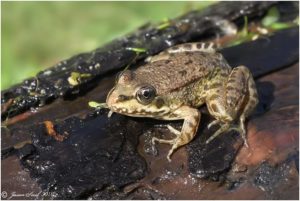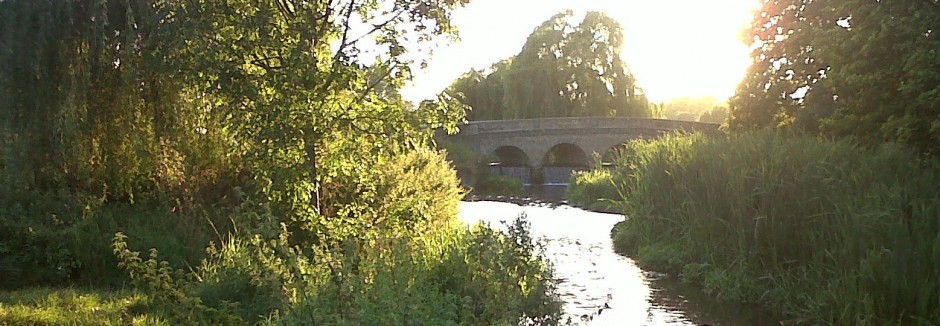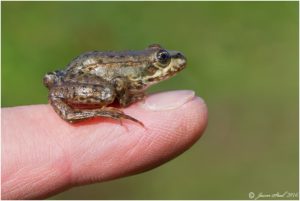Jason Steel captured a juvenile Marsh Frog at Thames Road Wetland a few days ago and took these photographs, easily the best of the few ever obtained of this species at the site. These non-native frogs, which were introduced to the Romney Marshes area in Kent in 1935, often bask out of the water among bankside vegetation (unlike the native Common Frog), and usually dive in as soon as you get anywhere near them, not surfacing again for quite a long time.

Marsh Frog on a log at Thames Road Wetland. Note the lack of a dark patch behind the eye and around the eardrum, which is a feature of the native Common Frog (Photo: Jason Steel)
The species is the largest kind of frog naturally found in Europe, and the specific name ridibunda means ‘laughing’, a reference to the sound of the loud calls made in summer.

